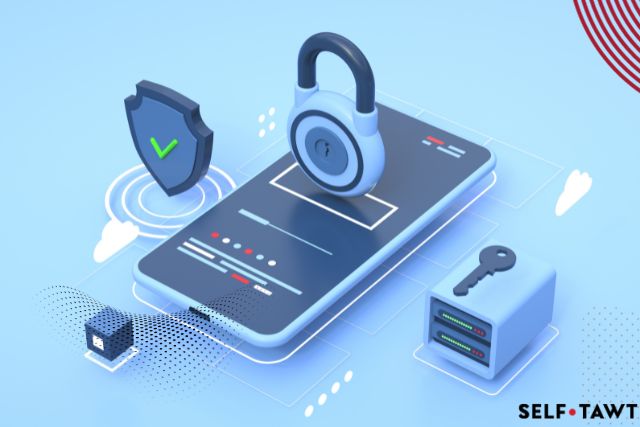Overview: Money laundering is a serious global problem for financial institutions. That’s why regulators require ongoing training for all employees and consultants as part of an effective Anti-Money Laundering (AML) program.
The goal of this computer-based training (CBT) is to provide information on the fundamentals of money laundering, and how to identify and escalate red flags that may be encountered.
Global AML Enterprise Training answers
Question 1
Leticia, an existing customer, is interested in some additional products and services. They want to discuss several options with their banker. Which of these products would be considered higher risk? (Select the three correct answers)
A. Trade finance✅
B. Wire transfers✅
C. Mortgages
D. Remote deposit capture✅
Question 2
Which of the following are offenses associated with committing or facilitating money laundering? (Select the three correct answers)
A. Concealing, disguising, converting, or transferring criminal proceeds.✅
B. Failing to report a transaction suspected of money laundering.✅
C. Refusing to perform a transaction on the suspicion of it being money laundering.
D. Tipping off someone who may be under investigation for money laundering.✅
Question 3
When should the Know Your Customer (KYC) process be performed? (Select the two correct answers)
A. During onboarding when a customer first joins.✅
B. Every time a customer performs a transaction.
C. Whenever the banker managing the account changes.
D. On an ongoing period basis.✅
Question 4
Which of the following statements are true? (Select the two correct answers)
A. The funds involved in money laundering and terrorist financing always come from illegitimate sources.
B. Customer Due Diligence is only performed at the start of the customer relationship.
C. We cannot enter into a new customer relationship or execute a transaction without completing the appropriate level of Customer Due Diligence.✅
D. All employees are responsible for referring potentially suspicious activity for further investigation.✅
Question 5
Which of the following could be indicators that a customer may be attempting to evade sanctions? (Select the two correct answers)
A. A customer provides full documentation to support a transfer of funds overseas.
B. A customer asks repeated questions about screening systems.✅
C. A customer is transparent about this company’s beneficial owners.
D. A customer provides payment instructions that omit several key details on who they are looking to pay.✅
Question 6
After asking about cash reporting thresholds, a private bank customer has been making multiple cash deposits totaling $9,000 each day, just under the $10,000 reporting limit. What is your next step?
A. Investigate the matter yourself.
B. Escalate the matter to your manager or appropriate investigation team.✅
C. Inform the customer that they are under surveillance.
D. No action is required.
Question 7
Your colleague Jamie works with a number of wealthy customers, some of whom are Politically Exposed Persons. Jamie often requests exceptions in relation to these customers on the basis that they are important customers to the firm. He is also dismissive about policies and procedures, stating that delighting customers should take priority over “red tape”. Is this a potential red flag?
A. Yes✅
B. No
Question 8
The system flags a potentially suspicious transaction. After conducting an investigation, it is discovered that there is a reasonable explanation for the transaction and a decision is made not to file a Suspicious Activity Report (SAR). You receive a call from the customer, who asks whether or not there were any issues with the transaction. Can you share with them that the transaction was investigated and a decision was not made to file a SAR?
A. Yes
B. No✅
Question 9
A new customer provides her passport as a form of identification. You notice, however, that the last name on her passport does not match the last name on her application. She then explains that she changed her last name when she got married a few months ago. What should you do?
A. Proceed with the application.
B. Ask the customer to provide additional evidence, such as her marriage certificate.✅
C. Escalate the incident in accordance with suspicious activity reporting procedures.
D. Ask to speak to the customer’s spouse to confirm the information.
Question 10
A customer comes into his local branch to open a new credit card account. The bank associate begins the Customer Identification Program process. Which of the following customer information is required?
A. Full name
B. Date of birth
C. Government-issued ID number
D. Primary residential address
E. All of the above✅
Question 11
For certain customers that may pose unique money laundering, terrorist financing, and/or other financial crime risks, it may be necessary to collect additional information as part of the Know Your Customer (KYC) process. Which of the following customers present higher risks? (Select the three correct answers)
A. A government minister.✅
B. A firm that is requesting correspondent.✅
C. A small business that sells candies.
D. A customer requesting an account for his money service business.✅
Question 12
A business customer has recently been acquired by another company and has taken on a number of new employees. The bank’s previous contact at the business has also changed. The new parent company has a highly complex structure with a web of offshore shelf companies. When asked, they explain that this helps them to be more tax-efficient. Which of the following is a potential red flag for tax evasion?
A. The use of shell companies and a complex structure.✅
B. The acquisition of the customer by another company.
C. The customer has hired a number of new employees.
D. The bank’s contact at the business has changed.
Question 13
A customer asks for a bank employee’s assistance in devising a scheme to help him conceal dividend income from overseas investments from the local tax authorities. What financial crime is the customer attempting to commit?
A. Money laundering
B. Sanctions evasion
C. Terrorist financing
D. Tax evasion✅
Question 14
A business customer operates a small chain of cell phone stores. You notice that the customer frequently makes large cross-border payments to a company in South Korea. When questioned, the customer explains that their most popular cell phone accessories are imported from a South Korean manufacturer. Is this a red flag?
A. Yes
B. No✅
Question 15
Which of the following is true about breaches of sanctions, anti-money laundering, terrorist financing, and tax evasion laws and regulations?
A. Firms can be fined, but there are no penalties for individuals.
B. Firms and individuals can be fined, and individuals can receive prison sentences.✅
C. Individuals can be fined or imprisoned, but there are no penalties for firms.
D. There are potential civil monetary penalties for both firms and individuals, but no criminal penalties for either.


